
Stories by Robin Booker

Hemisphere GNSS manufactures satellite positioning technology including Outback Guidance and is owned by Unistrong, which is incorporated in China.
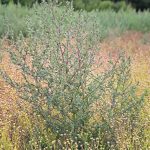
Group 14-resistant kochia found in central Sask.
Producers began using Group 14 herbicides once weeds started to appear in fields that were resistant to glyphosate
Charles Geddes, a research scientist in weed ecology at Agriculture Canada’s research centre in Lethbridge, said growers dealing with kochia should keep a lookout for this type of resistance.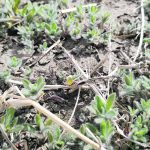
Map weed clusters to manage resistance
Identifying and quickly addressing weed patches has never been more important as herbicide-resistant weeds increasingly menace farmers across the country. Accurate maps of weed locations are a good first step to squash them before they can spread. There are both established and emerging technologies that can produce precise weed maps. Some weed maps require innovative […] Read more

Drone AI takes on new field tasks
Artificial intelligence developed for spray drone modified to monitor fields for weeds, disease or even insect infestations
Regina-based Precision AI is having a great year. Last summer, during the Ag In Motion outdoor farm show held near Saskatoon, the company launched its autonomous, fixed-wing drone that uses artificial intelligence to identify and treat individual weeds within a broad-acre-crop canopy. In March, it won numerous international awards for the drone, including the Cooperative […] Read more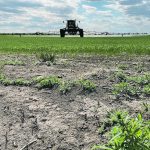
Herbicide hard on kochia, easy on the crop rotations
Dual-modal herbicide for wheat and barley allows for planting of peas or lentils in the following year
Growers in the dark brown and brown soil zone have a new herbicide option designed to control kochia in cereals. Corteva Agriscience’s OnDeck has a Group 6 (bromoxynil) and a Group 27 (tolpyralate), an active ingredient that is new to the western Canadian cereal market. Jason Smith, Corteva’s western portfolio marketing manager for cereal herbicides, […] Read more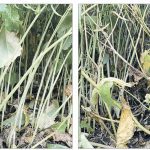
Dual-modal fungicide takes on sclerotinia
Established fungicides combine to boost canola yield, prevent resistance from developing in the oilseed crop
Canola and soybean growers have another option for the control of sclerotinia and white mould with the launch of Viatude for the 2023 growing season. Viatude is a dual-modal product that combines a Group 3 and a Group 11. Kirsten Ratzlaff, portfolio marketing manager for Corteva Agriscience, said Corteva has been testing Viatude for years, […] Read more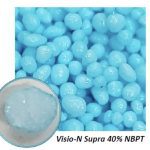
Urease inhibitor easy to handle
A Calgary company that produces a line of fertilizer-efficiency additives has a new concentrated urease inhibitor technology that reduces costs of advanced efficiency-fertilizer products. The latest product in Soilgenic Technologies’ lineup is Visio-N Supra, which contains 40 percent N-(n-Butyl)thiophosphoric triamide (NBPT). Jeff Ivan, president and chief executive officer of Soilgenic Technologies, said NBPT has previously […] Read more
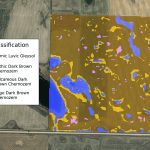
Predictive maps help make ag decisions
Service produces maps of soil types and properties that agrologists, farmers can use to be more precise
A new predictive soil-mapping service will be available in Saskatchewan this spring for farmers and agronomists who want to participate in the system’s beta testing. The service is available through the Saskatchewan Soil Information System (SKSIS), which was developed by a research team in the University of Saskatchewan’s soil science department. The SKSIS is a […] Read more
Firms deepen variable rate link as information sharing increases
Variable rate prescriptions from Nutrien Ag Solutions’ Digital Hub can now be automatically loaded into John Deere’s Operations Center. Cameron Holbrook, vice-president of Digital Transformation at Nutrien Ag Solutions, said this advanced connectivity between the two platforms will simplify logistics, and enable variable rate agronomic recommendations to be more easily sent to Deere equipment. The […] Read more

Inter-row spraying, weed wicking wild oats
Inter-row spraying and weed wicking can help control wild oats in cultivated oat fields, with the best results arising from using the two practices on the same crop. Brianna Senetza, a master’s student at the University of Saskatchewan, said wild oats is a tricky and costly weed to manage, especially in cultivated oats. “From an […] Read more




